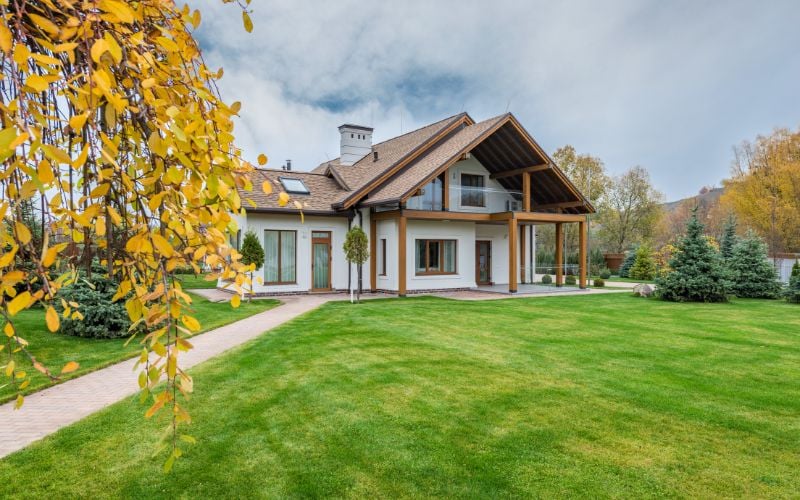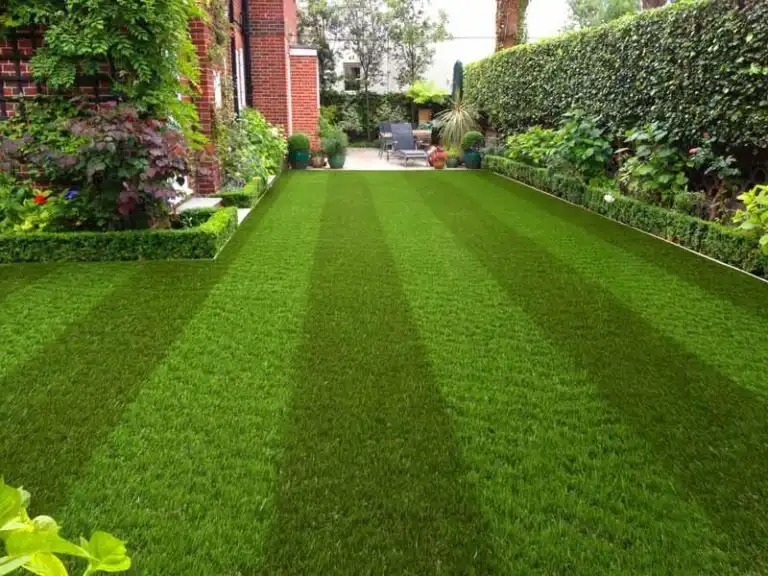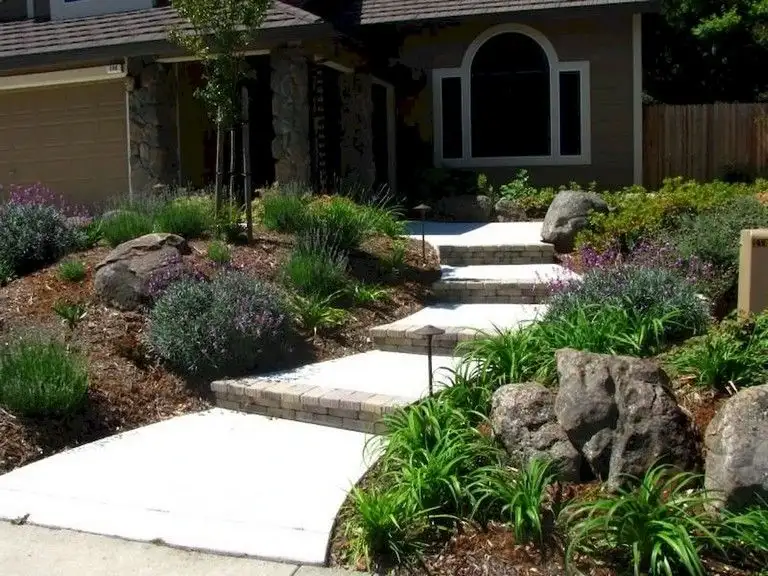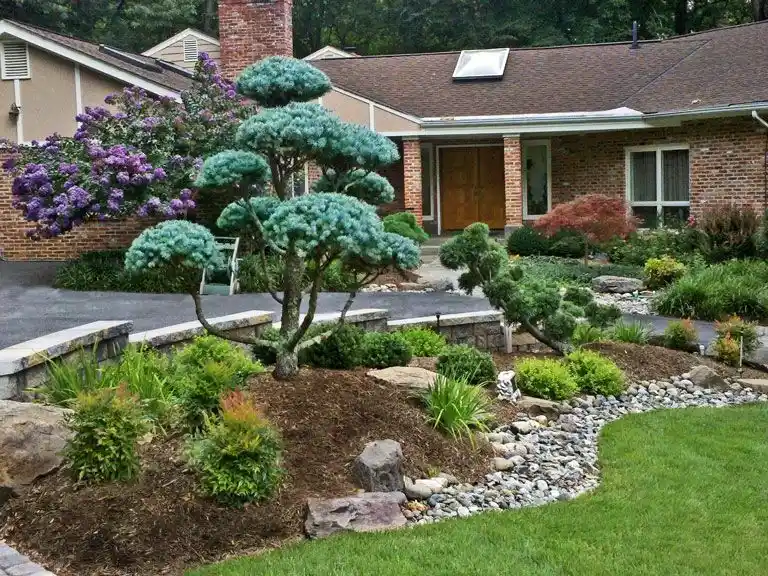The Ultimate Guide To Sustainable Garden Design For You
Creating an eco-friendly garden involves thoughtful planning and practices that boost biodiversity while cutting down on waste and resource use. Start by selecting native plants that thrive naturally in your local climate, needing less water and minimal fertilizers. Including drought-tolerant options like succulents, wildflowers, and perennial herbs makes maintenance easier while attracting local wildlife. Strategies like companion planting and crop rotation also help maintain healthy soil without relying on chemicals. Enhance your outdoor space further by using biodegradable planters, solar-powered lights, and other environmentally conscious features.
Water conservation plays a major role in green Garden. Install a rainwater harvesting system to reduce reliance on municipal water or opt for drip irrigation to directly hydrate plant roots with minimal waste. Mulching beds helps retain moisture, cut down on weeds, and improve soil fertility. Permeable pathways, using materials like gravel or porous bricks, help manage rainwater and prevent erosion.

Recycling and upcycling materials can add character to your garden while reducing environmental impact. Old containers, reclaimed bricks, or upcycled wood make for creative planters, pathways, or garden décor. Composting kitchen scraps and yard waste enriches your soil while cutting landfill contributions. Adding pollinator-friendly plants like lavender and bee balm invites bees and butterflies, supporting a balanced ecosystem.
Even with limited space, eco-friendly gardening is possible. Discover creative ideas in our small Garden design guide to turn compact areas into thriving, sustainable oases.
By integrating these mindful practices, you’re not just growing a Garden—you’re creating a space that benefits both nature and your community. Every small step contributes to a greener future.





